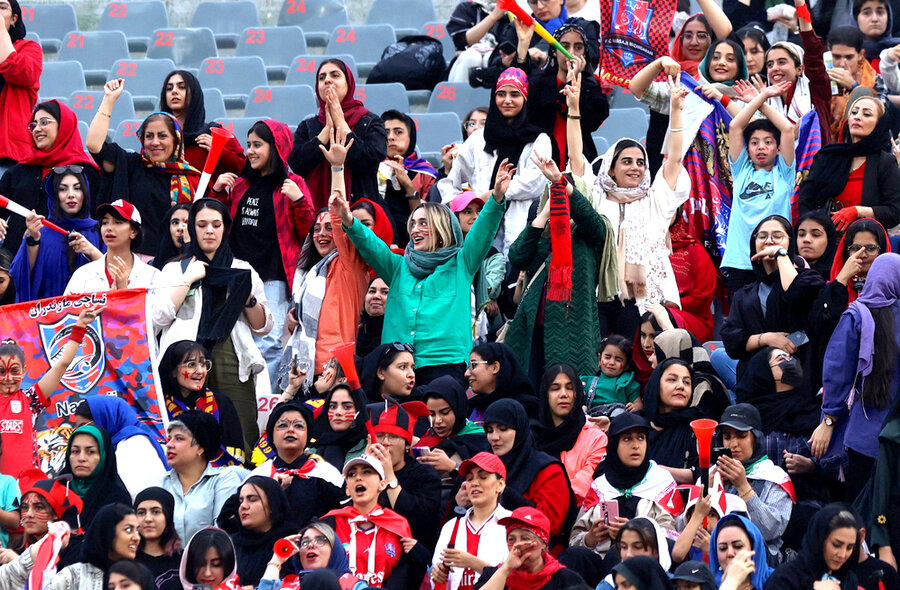Hidden restraints on a Mideast firestorm
Loading...
Since Oct. 7, the day that Hamas attacked Israel and triggered a war in Gaza, the world has worried that the conflict might spread and become even more violent. Other proxy militias of Iran, such as the Houthis in Yemen, have launched their own attacks. Months of rocket attacks on Israel by Hezbollah in Lebanon led to an Israeli missile strike last week on Iran’s Embassy in Syria, killing a top Iranian commander supporting Hezbollah. That strike in particular raised concerns because Iran has since vowed to retaliate with a direct hit on Israel.
This heightened tension has prompted a rare unity of calls for restraint from the United States, Russia, Europe, and China. Iran may yet make good on its threat, but there are signs that the sort of tit-for-tat logic that has long ensnared the Middle East may be losing its force.
Voices in Iran, for example, are calling for cool heads to prevail. One is Heshmatollah Falahatpisheh, former head of the Iranian parliament’s foreign policy committee. He cautioned, “We should not see the issues emotionally” and must keep “the balance between diplomacy and the battlefield.” Iran cannot risk “a conflict that serves none of its national interests,” he added.
His advice for temperance over vengeance may reflect deeper shifts in the Middle East. Three trends mark that shift.
One is a widespread desire, mainly among young people, for equality and rule of law from their autocratic regimes. Protest movements in both Iran and many Arab states since the 2011 Arab Spring have forced rulers to think twice about igniting a conflict. In Iran itself, 80% of people reject rule by Islamic clerics, according to a Gamaan poll last year. That percentage probably keeps rising as authorities further crack down on women who don’t cover their head.
The second shift is a yearning for peace that is not merely the absence of violence. Before the war in Gaza, the region was alive with deals and dealmaking to expand trade and investment. Saudi Arabia, especially, was eager to appease its restless youth by building non-oil industries and perhaps recognize Israel.
A third shift is an increase in peacemakers. Qatar, a key regional ally of Iran, has sought to build a bridge of peace between Israel and Hamas. Last month, Oman hosted the first direct contact between Iranian and U.S. officials seeking cooperation to end attacks by Yemeni rebels against cargo ships in the Red Sea. Iraq has helped in reconciling Iran and Saudi Arabia.
“We never think about going to war because we know the results,” Iraqi Foreign Minister Fuad Hussein told the Wilson Center last year. His government’s focus, he said, is: “First, laws. Second, implementing laws. And third, changing the culture” of governance.
If Iran does not retaliate against Israel’s attack on its embassy, it may be for internal reasons. The regime has serious social, political, and economic troubles, says Iranian journalist Saeid Jafari in an essay for the Atlantic Council this week. Its military response, in other words, may be more muted than its rhetoric.
The Middle East keeps changing from the violence of major wars that took place more than a half-century ago. It is more interlocked by public demands for better governance, shifts within Islam, trade, the internet, and the rise of norms such as one pushed by Oman – the “ideology of politeness.” Peace isn’t just a noun for “no violence.” It is a verb defining ideals in action.







